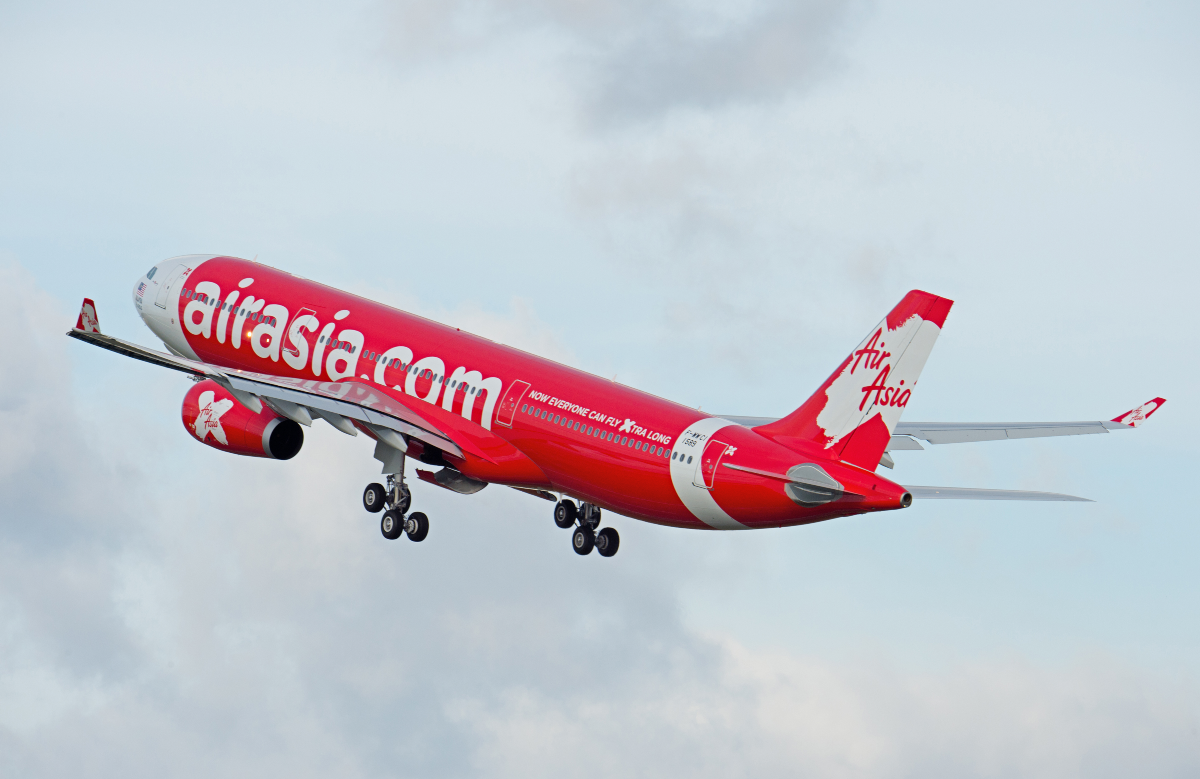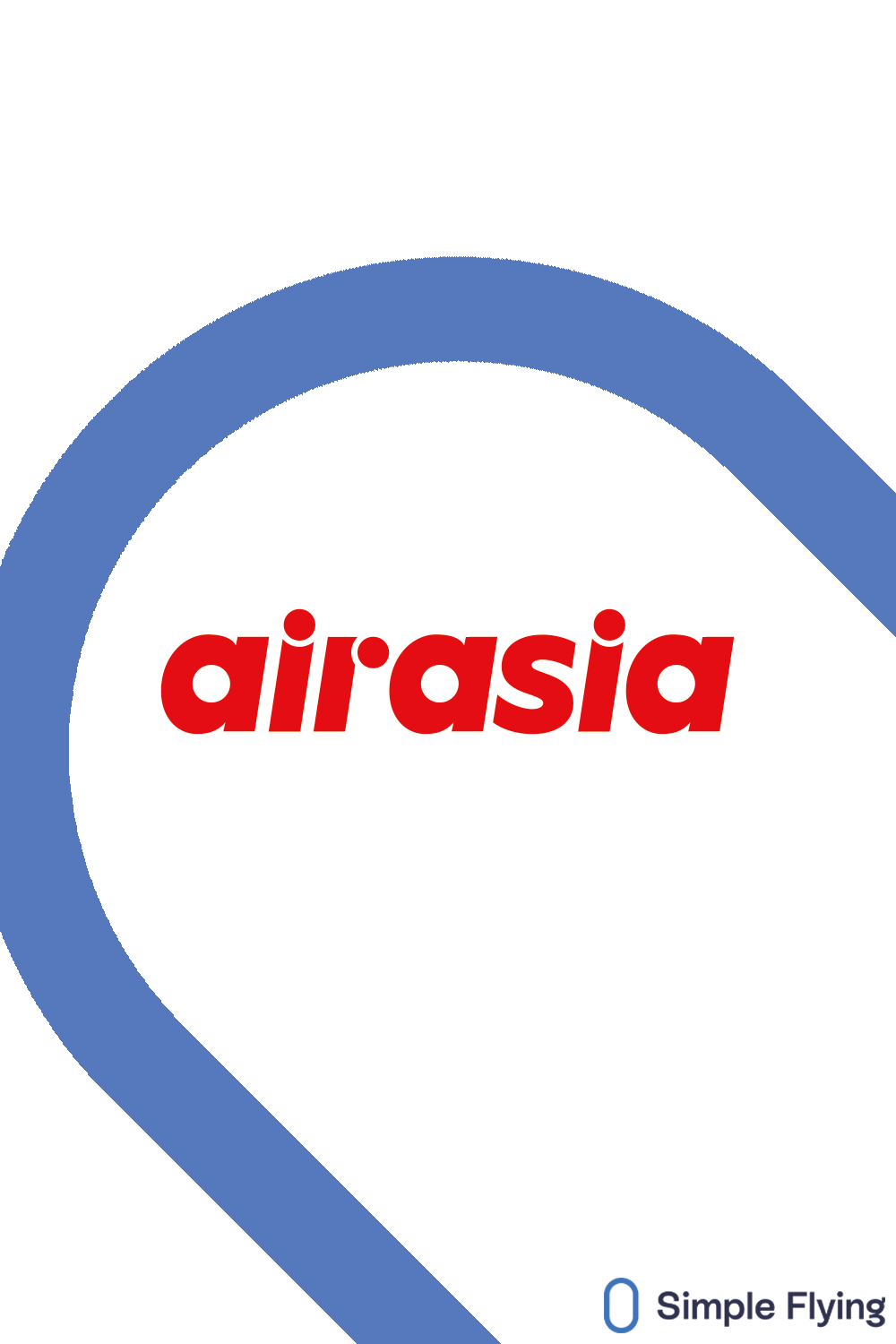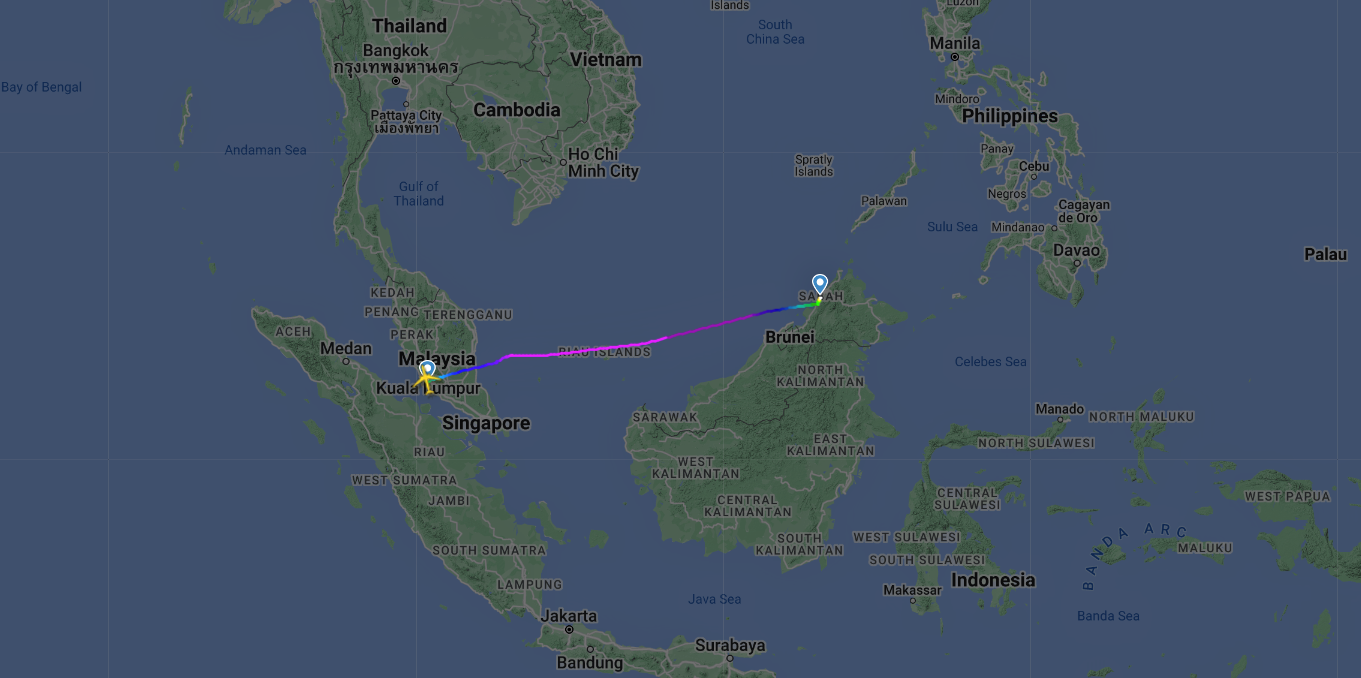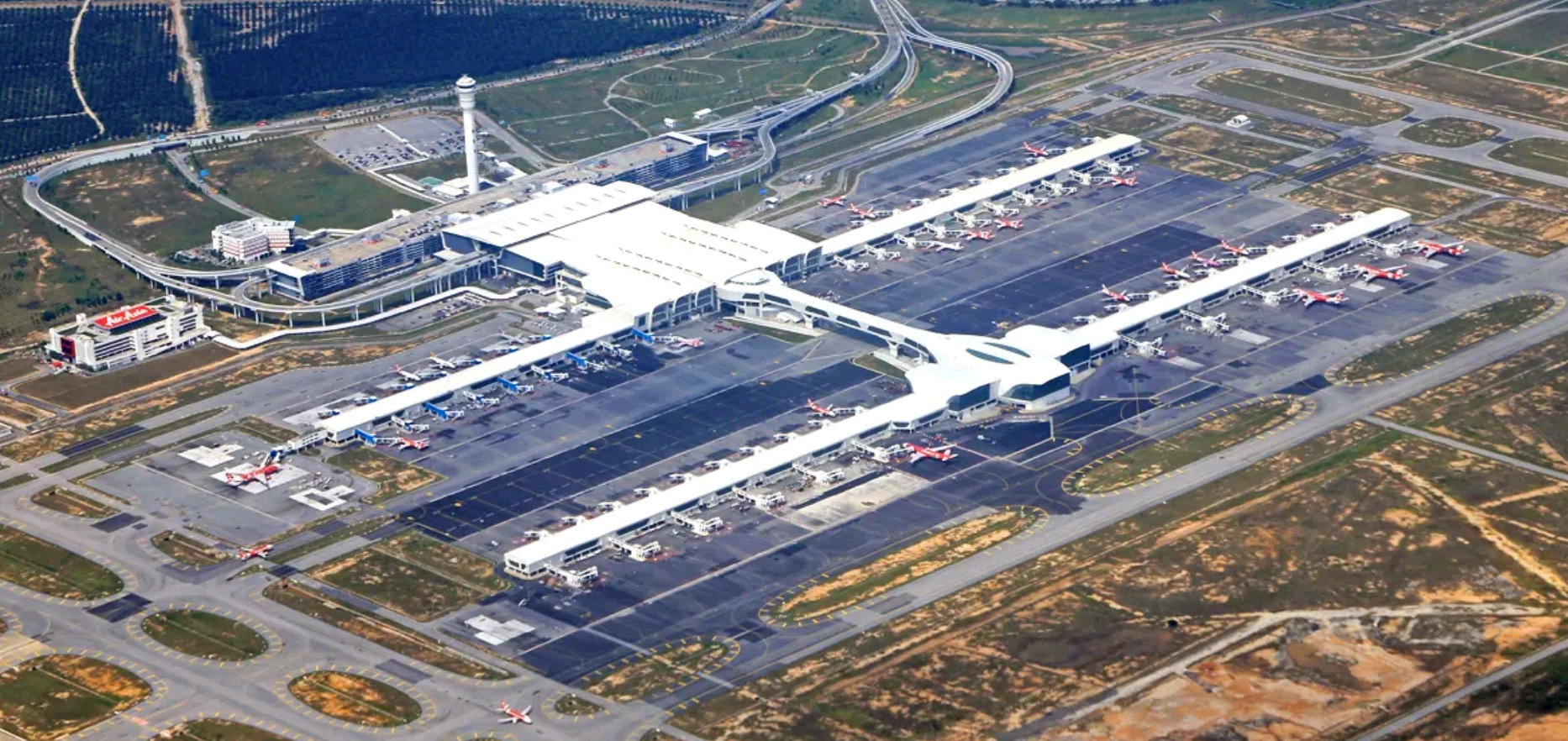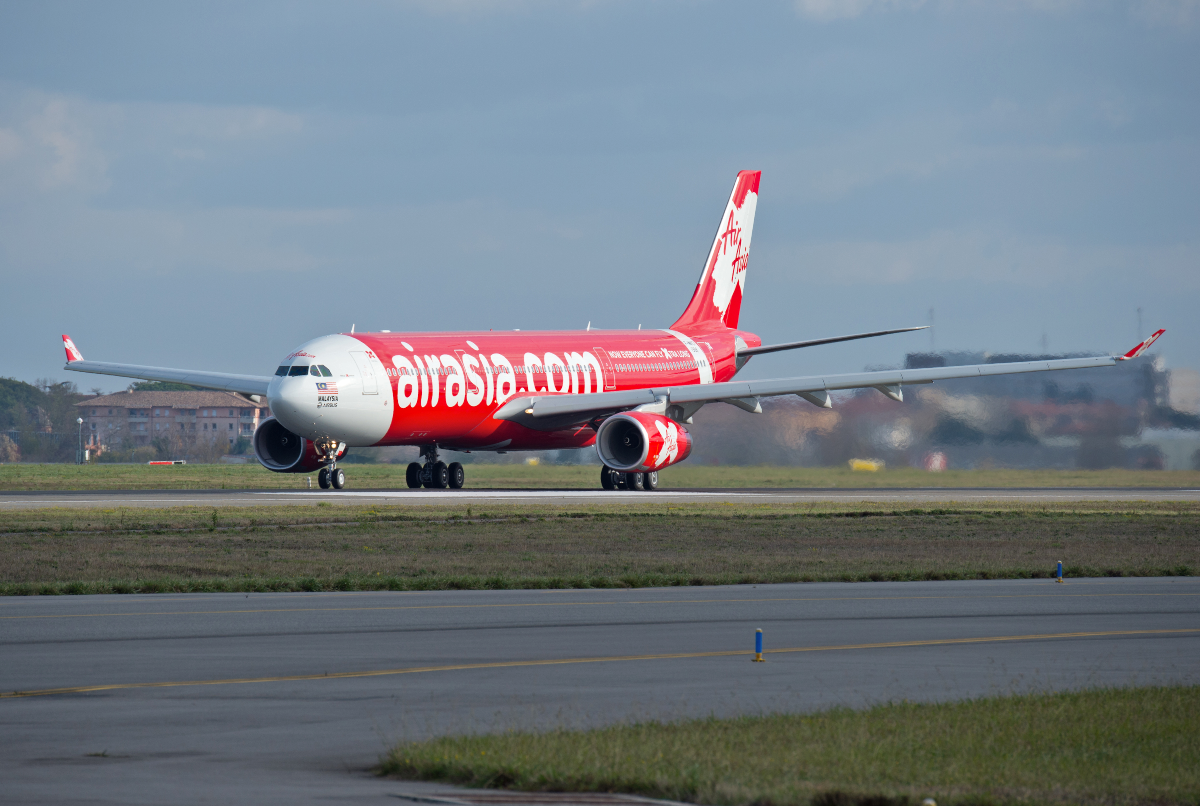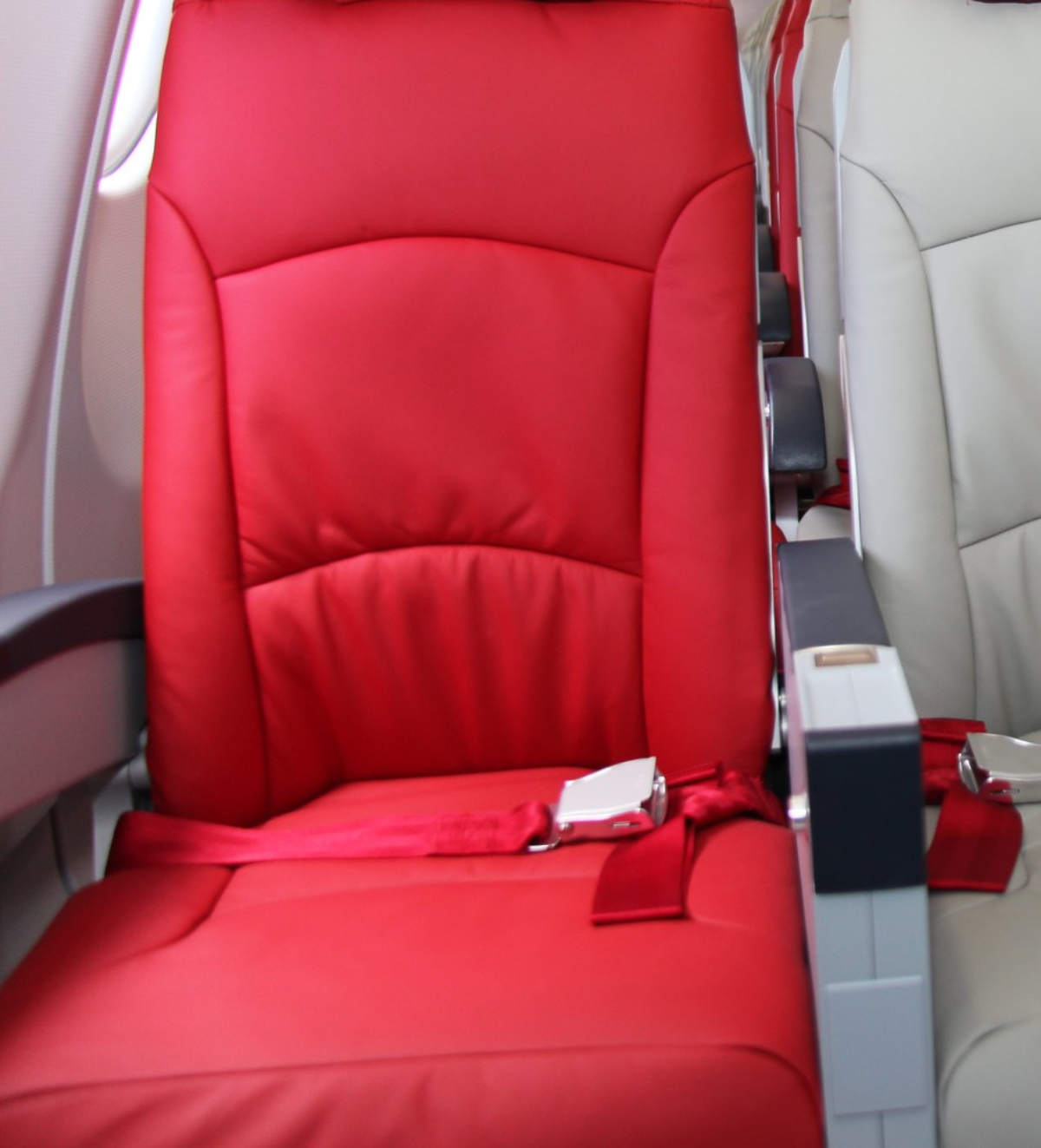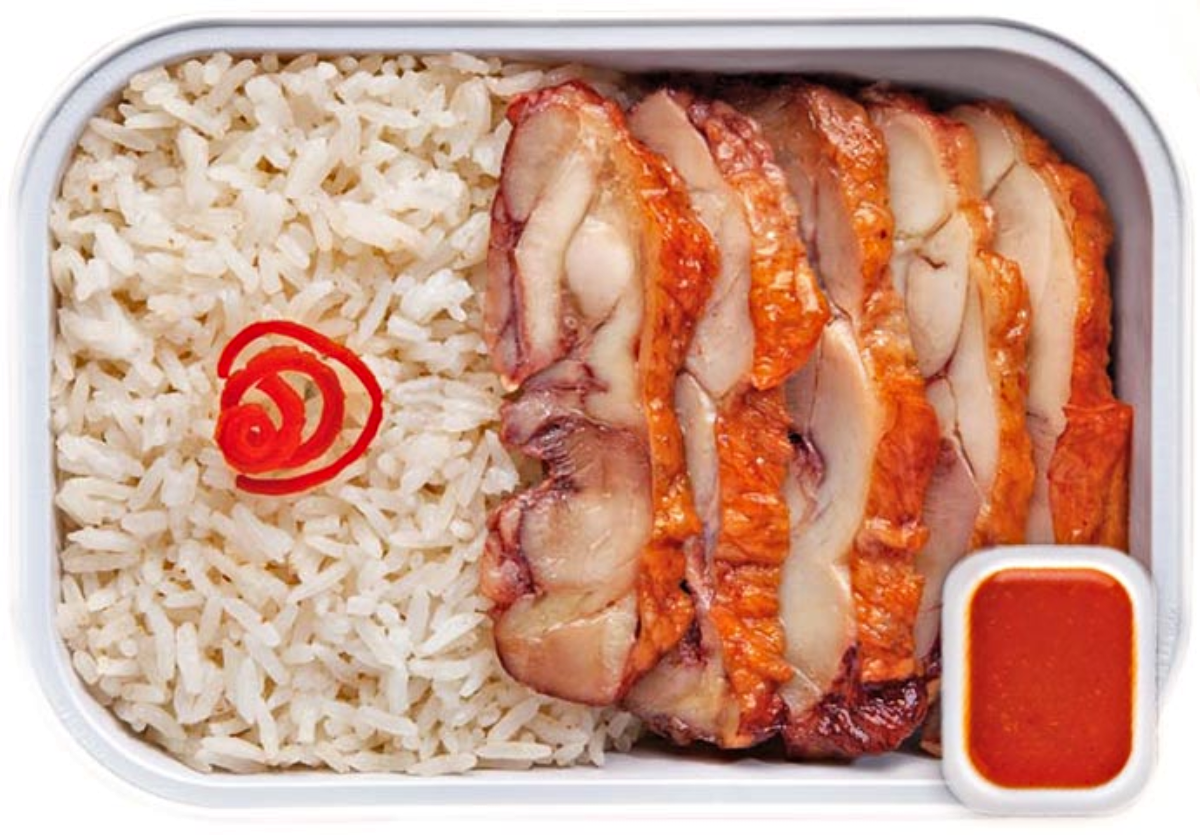AirAsia is one of the best-known low-cost airline brands in the world, and its planes are a common sight at many airports around Southeast Asia, offering an affordable and convenient option for short-haul hops. Earlier this month, I flew AirAsia on a flight between Kuala Lumpur (KUL) and Kota Kinabalu (BKI) in northern Borneo. Here's how it went.
A value fare with a few bolt-ons for a 2.5-hour flight
The two-and-a-half-hour flight cost around US$111 and was booked approximately two weeks in advance. That included local taxes and fees and what's called a "premium flex" add-on. At over US$48, this handy source of ancillary revenue for AirAsia nearly doubled the fare cost, but it allowed me to change the flight and provided a comforting degree of flexibility - an important consideration given I was arriving at Kuala Lumpur International Airport earlier that morning on an international flight.
Like most low-cost carriers, if you pay the base fare only (just over US$50 in this case), you get little more than a seat on the plane. The premium flex add-on allows for 20kg of checked baggage, seat selection, a hot meal, baggage delay and one-hour on-time guarantee insurance. It also gives the ability to change the flight time and date (up to two times).
Switching terminals at KLIA
AirAsia uses KLIA Terminal 2, whereas other airlines use Terminal 1. I'd factored in a three-hour transfer time. But given AirAsia closes its bag drop 60 minutes before departure at KLIA, I had two hours to get off my international flight at Terminal 1, get through immigration, find the shuttle bus transfer service, and weave my way through the subterranean maze in Terminal 2 and find the luggage drop off counters. I made it with about ten minutes to spare.
I'd already checked in via the AirAsia app; having received a message I'd be charged extra to check in with a real person at the airport. I scanned the downloaded barcode on my phone at a self-serve kiosk, received a luggage tag and boarding pass, and joined the short queue to drop my luggage off.
A very barebones (and coffee-free) departure experience
From there, it was off through the domestic security lanes (laptops and all electronics out of any carry-on) before descending down into a central concourse where there are various retail and food and beverage options. At this point, you head off in one direction to the J gates and another direction to the K gates. I needed a toilet, coffee, and shower, and I figured I could at least find a bathroom and strong coffee closer to the gate.
Big mistake. Once you leave that central concourse area, towards the K gates at least, it is retail no-mans land. I found a spotless bathroom, but beyond that, it's an endless twisting corridor passing by glassed-off departure gates and not a coffee cart or F&B outlet in sight (I did find a water fountain). AirAsia's domestic departure gates in Kuala Lumpur offer a very bare-bones low-cost travel experience.
A bigger plane and an empty seat beside me made for a more comfortable flight
The operating aircraft was an Airbus A330-300 (9M-VVA), an upgrade on the squeezy narrowbody I was anticipating. The premium flex add-on allowed me to choose any seat in the main cabin, so I picked a window seat in the first row. A bit more luck - the seat beside me in the 3-3-3 configured cabin remained vacant. Immediately in front of me was the small premium cabin with their not quite fully flat lie-flat seats.
The slightly old-school seat was surprisingly comfortable, but this was more by accident than design - high use meant the base of the seat had sagged somewhat, and with the spare seat beside me, it made for a comfortable ride. The seat width is 16.5" and the pitch is 32. However, there the luxuries ended. There is no footrest, or headrest, and recline is minimal. With a bulkhead in front of me, I had decent legroom. I cannot vouch for what's like further back, but it is worth noting that from row 44 onwards on the A330-300, the configuration switches to 2-3-2 because the fuselage narrows.
Debit cards not accepted on AirAsia flights
After an orderly boarding process, we pushed back, took off on time, and set course for Borneo. The flight cut across the Malay Peninsula before heading out over the South China Sea. Between breaks in the cloud, I could watch the world pass by below. Soon after the flight leveled off, the flight attendants started serving pre-ordered meals. I had pre-ordered chicken rice. With three slices of chicken, it was less lavish than the AirAsia PR photos indicated but was quite tasty and hit the spot. It came with a 250ml bottle of water. Alcohol isn't big in Malaysia and wasn't offered on this service.
The flight attendants brought the trolley around for a second time, offering drinks for purchase. The coffee was a sachet of Nescafe, and there was no milk onboard. It's also worth noting that AirAsia accepts cash (Malaysian ringgits) and credit cards inflight but not debit cards, including Mastercard/Visa-branded debit cards.
On the entertainment front, it is strictly a BYO affair. There are no IFE screens, power outlets, and no WiFi. Download what you need beforehand on your phone or tablet (BYO headphones), bring a book, or enjoy a daytime nana nap.
Classy inflight service boosts AirAsia's low-cost product
A young crew of both genders provided courteous and efficient service with a few nice touches. There was a lovely Malay hand over the chest greeting early in the flight and palms pressed together in a prayer-like fashion and bow as the descent starts to thank you for flying AirAsia that costs the airline nothing to implement but is a genuinely classy gesture and is my takeaway memory of flying AirAsia.
It was a long slow drop into Kota Kinabalu. The Borneo coastline came into view on the plane's right side, and I spied Bandar Seri Begawan in the distance. Staying out over the water, there's no obvious indication you are nearing the airport except the aircraft's altitude steadily dropping and the ships below getting bigger. Finally, we swooped in over the coast, banked to the left, and made the final approach into BKI.
The flight landed on time, on that measure besting many full-service carriers I have flown on recently. One final surprise was having my passport checked and stamped on arrival on what was a domestic flight. On the bright side, it took no time at all. Would I fly AirAsia again? Absolutely. I was eyeballing that premium cabin directly in front of me, and I reckon those seats would be pitch-perfect for a longer daytime flight. For shorter flights, AirAsia's economy cabin, especially on the larger A330-300s, do the job nicely.

